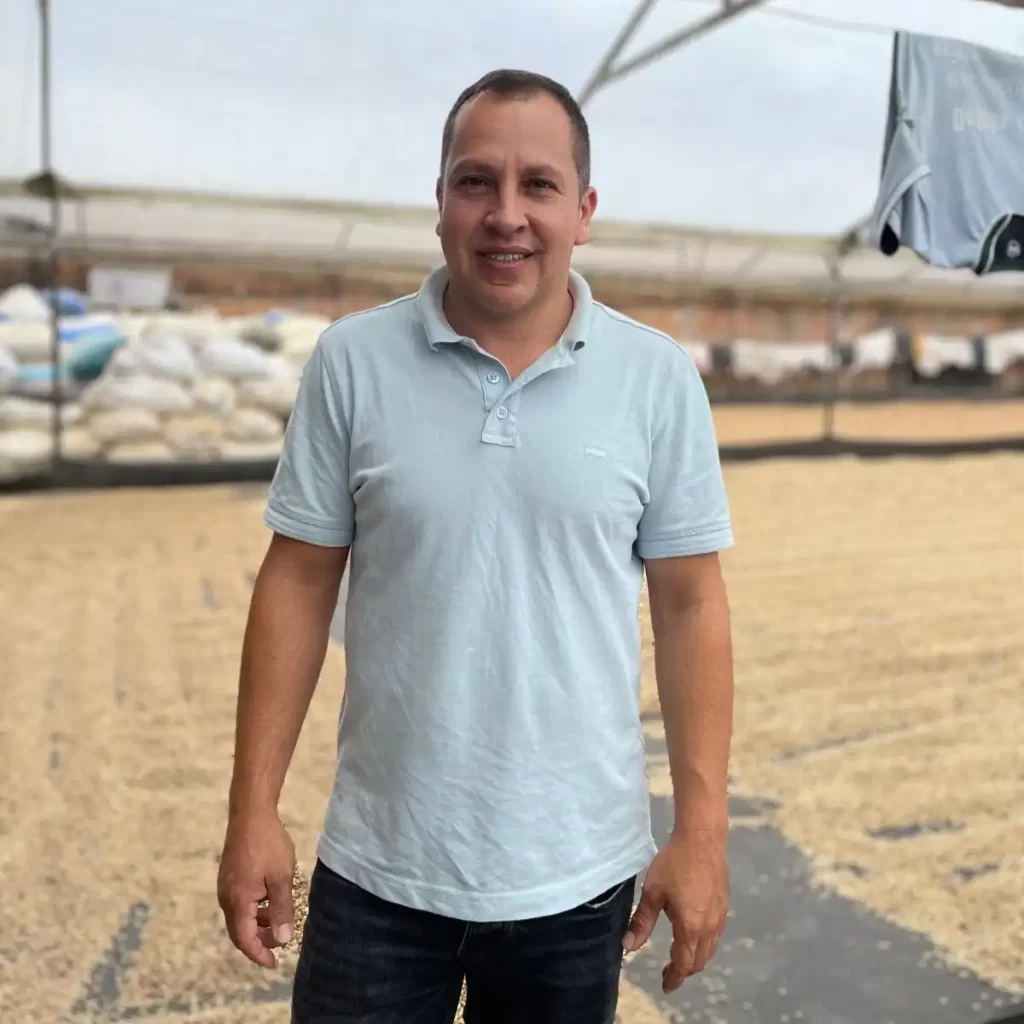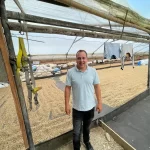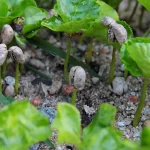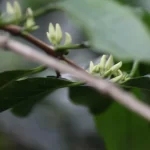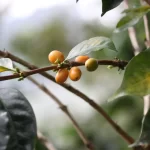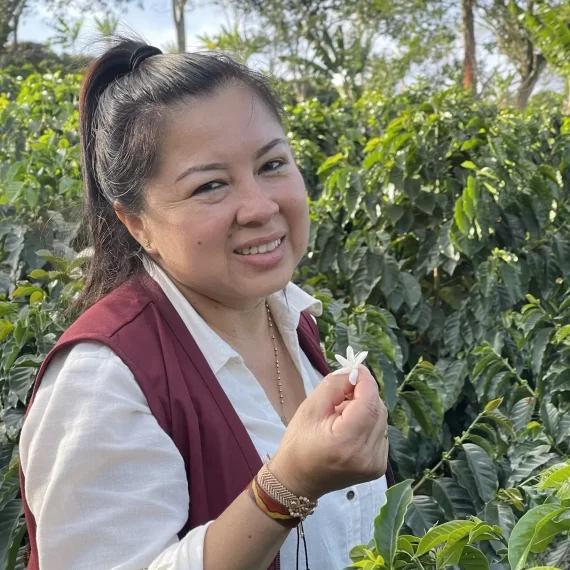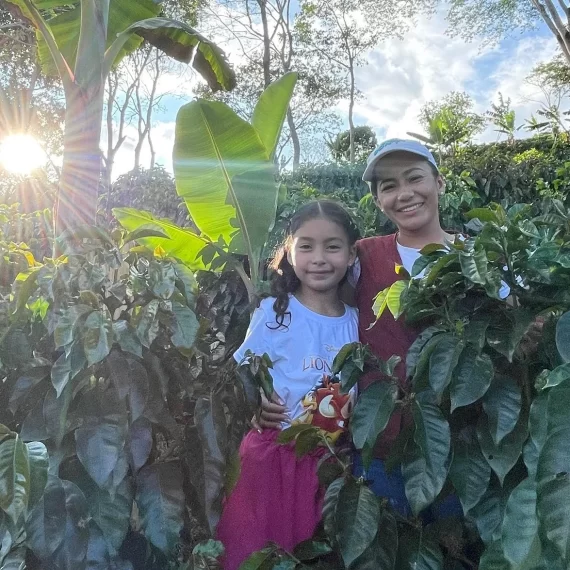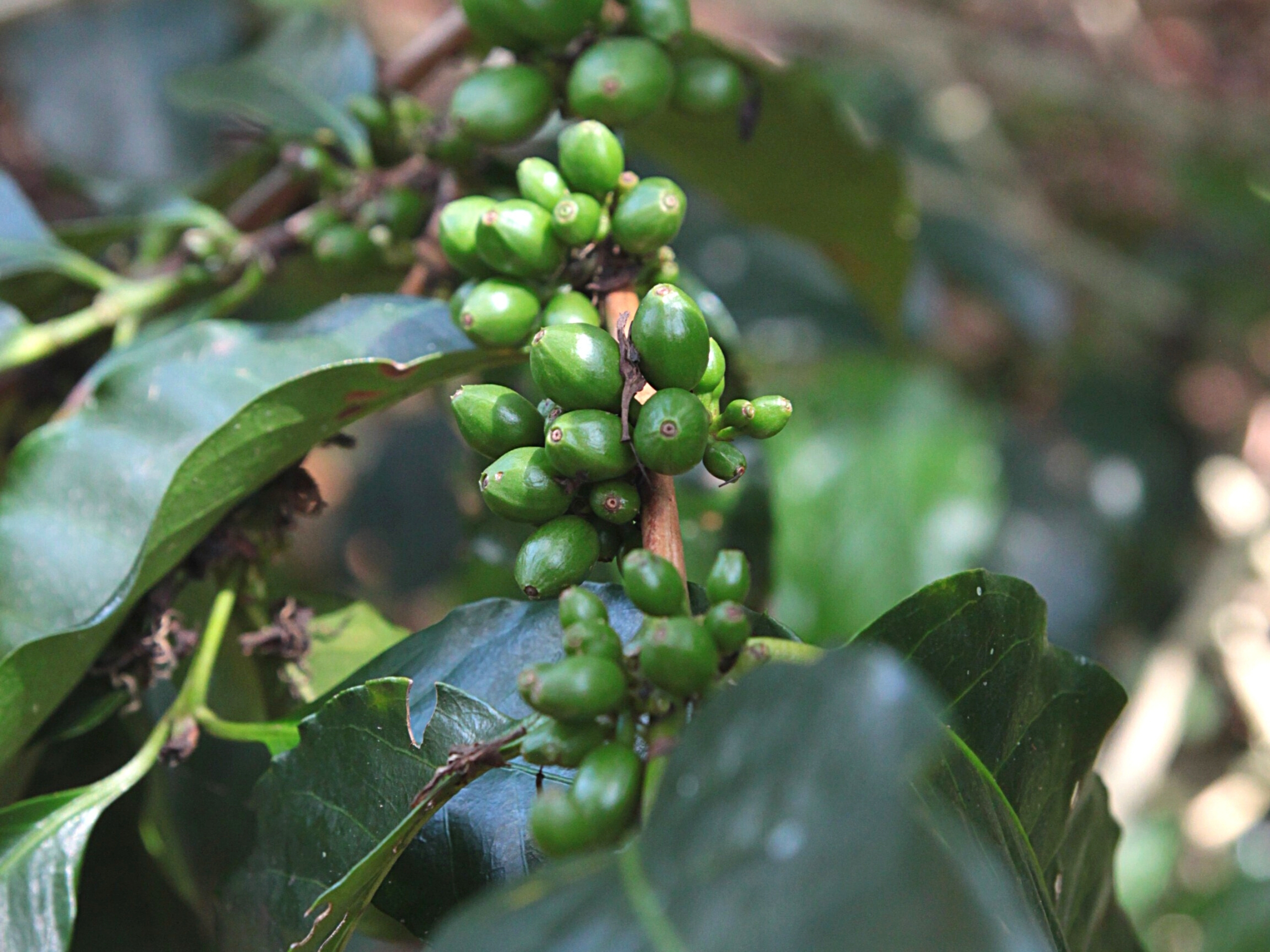
John Rodriguez
I have been involved in coffee farming for as long as I can remember. I grew up on a farm, watching my parents cultivate the land and grow coffee. This experience gave me a deep connection to this work. Our first attempts at coffee fermentation were driven by the desire to add more value to our product. We started with a trial-and-error approach, but the results were not satisfactory. This sparked my passion for gaining expert knowledge about fermentation processes.
I reached out to biologist Julián Cucuñame, who conducted online courses on coffee fermentation and safety. Due to the pandemic, my first course was virtual. In total, I completed three courses with Professor Julián, which gave me the foundational knowledge to develop my own fermentation processes. Later, I attended training with Enrique López from the El Chelín farm in Mexico.
What brings me the most joy is creating a high-quality product for consumers. My greatest reward is when a customer appreciates the taste of the coffee we have prepared with love and passion.
About the farm
The history of our Río Negro coffee farm is a beautiful one. Our parents come from families of coffee growers, and in the 1960s and 1970s, they moved to the Huila region from the Coffee Triangle (the regions of Quindío, Risaralda, and Caldas, where most Colombian coffee was grown at the time). As teenagers, they started a new life with their parents in this new land, and thus, the Río Negro farm was born. The farm was originally purchased by our paternal grandparents. Later, our father took over its management, working tirelessly despite all the challenges of the time. To this day, we still own the farm and continue to produce high-quality coffee with great dedication.
In the beginning, the Río Negro farm was planted with Colombia and Caturra varieties. There were also some plots with a coffee variety known as Común (a local name for the Typica variety). Over the years, we have renewed our coffee lots to improve the cultivated varieties. In recent years, we have focused on growing specialty coffee. Our current varieties include Pink Bourbon, Bourbon Ají, Tabi, Yellow Bourbon, and others. This dedication to specialty coffee allows us to produce coffee of exceptional quality.
Today, our farm produces approximately 30,000 kg of dry parchment coffee (CPS) per year. The majority of this production consists of specialty coffees, reflecting our commitment to high quality and innovation in coffee cultivation.
The process begins with the harvesting of coffee cherries, preferably ripe. After the cherries are moved to the processing site, floating and disinfection are carried out to reduce the microbial load. We then proceed to remove the coffee pulp, retaining some of the pulp for the next stage of the process. We store it in containers where it will ferment for 72 hours.
During this stage, lactic bacteria are added to the coffee along with the ‘pre-fermented fruit’, in this case a mixture of orange and passion fruit juice. The pH, electrical conductivity (EC), total dissolved solids (TDS) and Brix levels are monitored, allowing each fermentation protocol to be accurately recorded.
After 72 hours, the coffee is washed with water at 35 degrees Celsius to complete further fermentation. The coffee is then dried in the sun in traditional kilns, which takes 8 to 12 days until it reaches a moisture content of 10 to 11.5%.
The coffee is then stored in sacks and placed on pallets to isolate it from the ground during the stabilisation and resting period.
Process designation – lactic fermentation F2, process M1.


